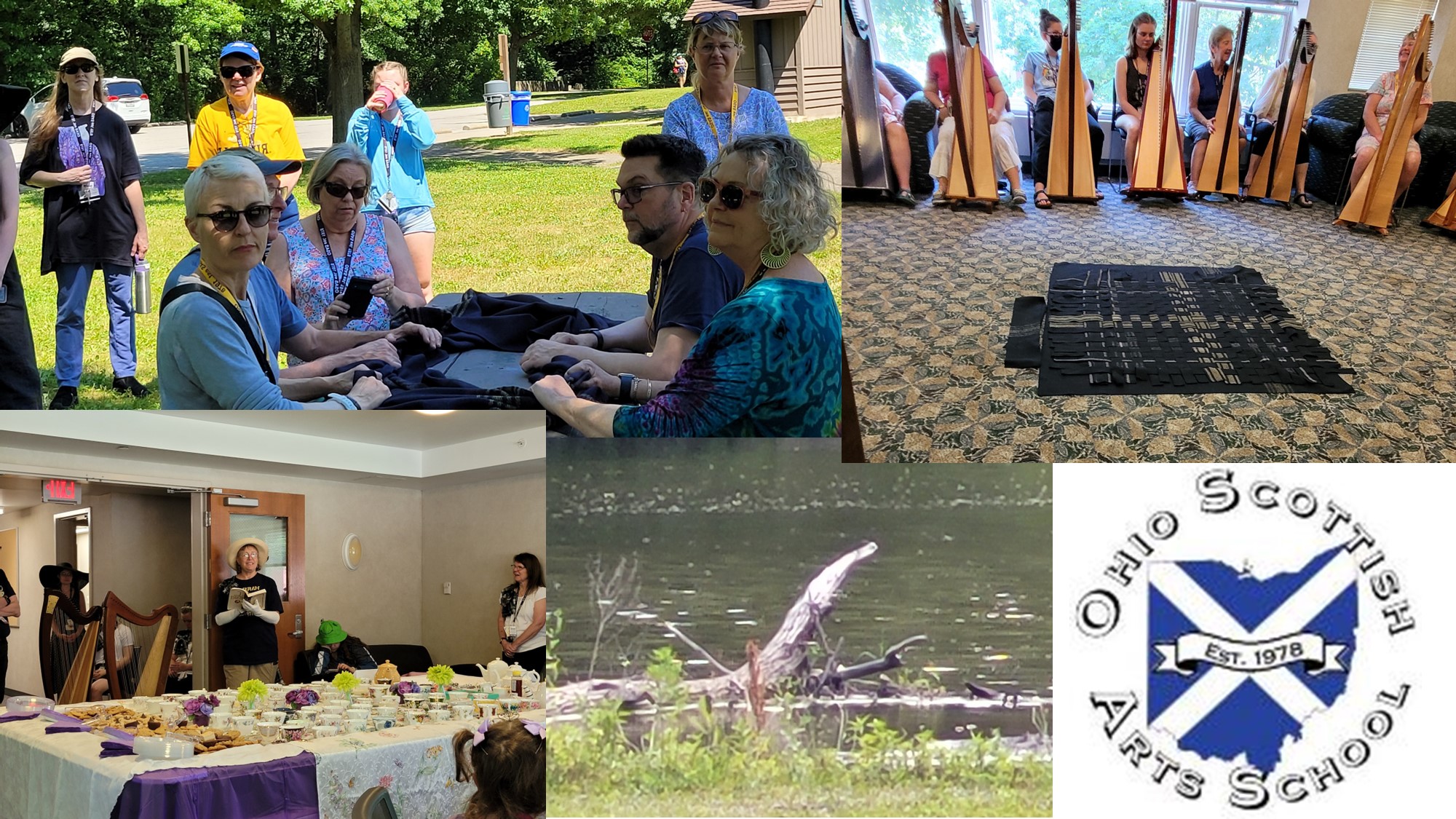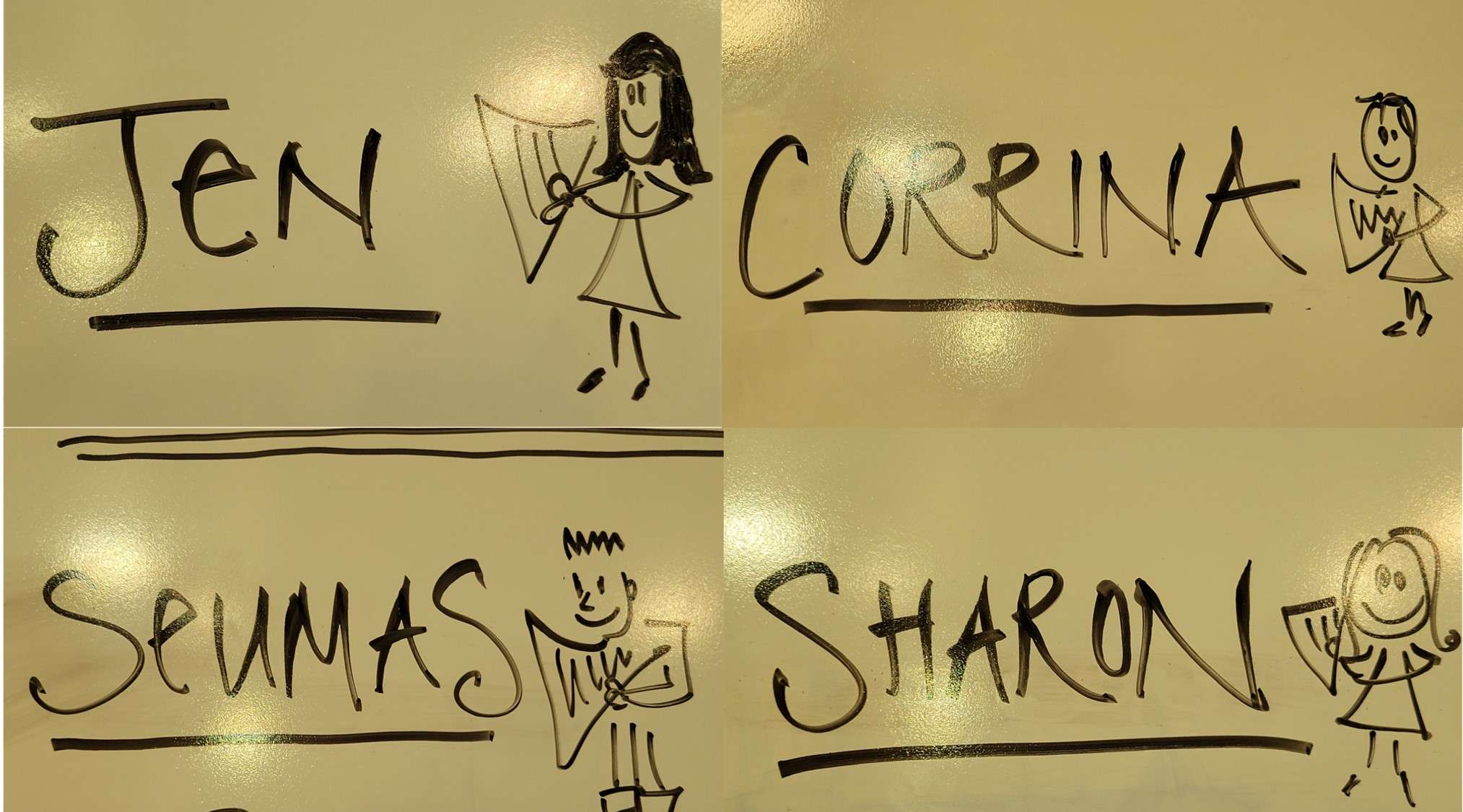We’re a little past Midsummer and not quite to the middle of summer and it’s past the midpoint of the year, so here we are, Summertime Middle – or
stuck in the middle (with you)
Ok, bad song lyric semi-quotes aside, while it’s not strictly the midpoint of the year, we’re clearly in the middle of – everything and you are here.
Summer workshops have been held and continue to be going.
The winter holidays are far in the rearview and sneaking up in front of us.
School’s not in, but we’re still remembering the good of last term while beginning to anticipate the coming return.
Hallmark is showing Christmas movies (oh, wait, that doesn’t tell us anything about the season, really).
And those who love it are starting to show the early signs of a candy corn craving!
So, it’s clearly time to do another important midyear thing – check in on our goals. I have scavenged some useful questions we might consider at this point in time. Of course, this assumes that we all have some goals for this year – whether they’re formally written (or over the top with a project plan) or informally noted in memory (or dreamt up like a wish). Let’s go through the questions – I am, of course, going to ask you to share with me what you come up with, but really this is an exercise left for the reader – what’s important is that you know where you are, where you meant to be, and if you’re getting there – although I have an abiding (and prurient) interest!
Here we go:
- Wha’cha doin’? (definitely ask in a sing-song-y way!) What have you been working on? Stuff you learned at a workshop this summer? Stuff you learned before the summer but needs polishing? Dusting your harp?
- Done anything exciting lately? – what’s making you look forward to sitting to your harp?
- What’s taking up most of your time lately? – what’s taking longer than you thought? Or are you dreading? Or keeping you away from your harp?
- What’s your biggest challenge right now? – what’s a bigger bugbear than you thought? Getting up to speed? Committing to memory? Learning anything new? Sitting down to your harp?
- What’s your day look like? – is there time for practicing and playing? Are you getting sunscreen on your soundboard? Are you looking longingly at the pool from your bench?
- What are three interesting ideas you’ve had lately? (ok, I didn’t change this question at all – I like it just as it is!)
- What are you doing to make yourself just a little bit uncomfortable just now? No, really – if you’re not a tiny bit discomforted, are you growing?
- Did the goals you set earlier still make sense? If so, what’s next to keep going? And if not, what would be a better goal?
- What are you going to do next? If you’re proceeding apace on your goals, what’s the next step? If you’re revising your goals, what’s the next step? If you didn’t set any goals, what’s the next step?
If you’re pillorying yourself for not achieving your goals to do, stop it. Rather, take a moment to review your old goals and identify what’s not right about them. Because in this case, it’s not you, it’s the goal – either it wasn’t a good fit, it was too much of a stretch, it was a “should”, you just changed course, or something that made the goal not fit. No matter, this is a great time to rewrite your goals. Recraft the outcome, the path, the underlying rationale – whatever is needed to assure that you’re moving to your real goal, not an old/ill-fitting/unfortunately worded endpoint that isn’t serving you.
If instead, you’re clapping yourself on the back in triumph, still take a moment to review your goals and assure yourself that you’re on the best path to the finish (for those goals), that the goal (even if you are moving deftly forward) is still the right one for you, and to identify that you still want to go where you’re headed. Also, if you’re blown through your goals, you can take a moment to add to them!
As promised, a nosy question – how are you coming with your goals? If you’re doing well against them, let me know! And if you’re not, please share what was wrong with the goal and where you’re headed. I’d love to hear about it in the comments!





















